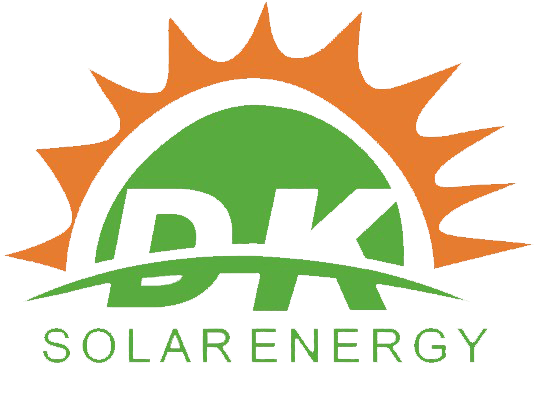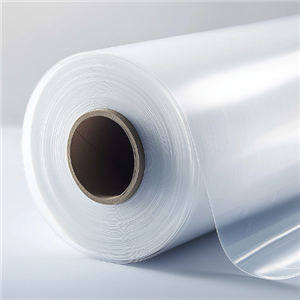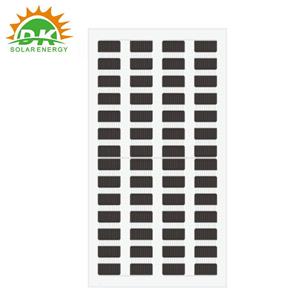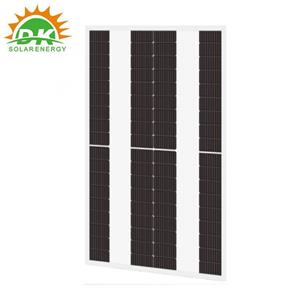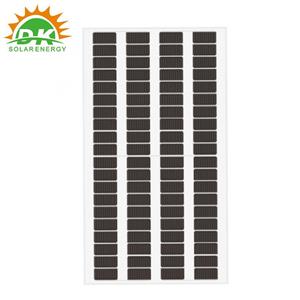The Critical Impact of Electrical Connection Materials on PV Module Performance
Electrical connection materials are crucial components in photovoltaic (PV) modules for achieving current conduction, and their performance directly impacts the module's conductive efficiency, reliability, service life, and safety. The following analysis explores the specific impacts of core materials such as solder ribbons, busbars, and junction boxes on module performance:
I. Impact of Solder Ribbons (Interconnection Strips)
1. Conductivity and Resistance Loss
Base Material Purity: Solder ribbons are typically made of pure copper (purity ≥ 99.9%). Impurities (e.g., iron, zinc) increase resistivity, leading to higher current transmission losses. For example, a 0.1% reduction in copper purity may increase resistance by ~0.5%, causing a power loss of ~0.3%-0.5% in modules.
Plating Quality: Uneven or oxidized tin plating (usually 1-3μm thick) increases welding contact resistance. High-quality tin plating ensures contact resistance < 5mΩ, while poor plating may result in resistance exceeding 10mΩ, increasing thermal losses.
2. Dimensions and Structural Design
Width and Thickness: Traditional solder ribbons (1.5-2.0mm wide) block ~3%-5% of the cell surface, causing optical losses. Narrow ribbons (0.2-0.3mm) reduce light blocking to <1%, enhancing module efficiency by 0.5%-1.0%. Thickness affects current-carrying capacity: a 0.15mm-thick ribbon can handle ~5A, while thinner ribbons may fuse under overload.
Multi-Busbar (MBB) Design: Increasing the number of busbars from 5-6 to 9-12 shortens current paths, reducing internal resistance by 20%-30% and minimizing cell micro-crack risks due to uniform stress distribution.
3. Fatigue Resistance and Reliability
Flexibility: Solder ribbons must withstand thermal expansion/contraction of silicon cells (thermal expansion coefficient ~2.6×10⁻⁶/℃). Rigid ribbons may fracture under thermal cycling (-40℃~85℃) due to stress concentration, causing power degradation. Flexible ribbons (e.g., tin-plated copper alloy) can endure ≥1,000 cycles without breaking.
Welding Firmness: Poor welding (e.g., cold soldering, burn-through) increases contact resistance, triggering localized heating (hotspots) and potential cell burnout. High-quality welds should have a pull-off force ≥2N/mm².
II. Impact of Busbars
1. Current-Carrying Capacity and Resistance
Cross-Sectional Area: Busbars (typically 3-5mm wide, 0.2-0.3mm thick) must match the module’s short-circuit current (e.g., ~12A for 12BB cell modules require a cross-sectional area ≥0.6mm² to avoid overheating). Insufficient area raises busbar temperature (>85℃), accelerating insulation aging.
Resistivity: Pure copper busbars have a resistivity of ~0.017μΩ·m. Low-purity copper or alloys may increase resistivity by 10%-20%, raising internal power losses.
2. Mechanical Strength and Corrosion Resistance
Material Hardness: Busbars must withstand lamination pressure (~100kPa). Low-hardness materials (e.g., pure copper) may deform, causing cell short-circuits. Aluminum alloy busbars (hardness ≥60HV) are more bend-resistant but have ~60% lower conductivity, limiting use to special applications.
Surface Protection: Damaged tin plating exposes copper to moisture, leading to oxidation (forming Cu₂O) and a 5-10× increase in contact resistance, accelerating long-term power degradation (annual decay >3%).
III. Impact of Junction Boxes
1. Diode Performance
Reverse Voltage and Forward Voltage Drop: Diodes must withstand ≥100V (for series-connected modules). Inadequate voltage resistance (e.g., 50V) may cause diode breakdown and module failure. A lower forward voltage drop (ideal <0.5V) reduces energy loss; poor diodes (0.7V+) can cause ~1.5W power loss per string (for 20-string modules).
Thermal Management: Diodes generate heat (power loss = current × voltage drop). Poor heat dissipation (e.g., no cooling ribs) may raise temperatures >120℃, accelerating encapsulant aging and fire risks.
2. Terminal and Wire Connections
Contact Resistance: Crimping resistance between terminals and busbars should be <5mΩ. Poor contact (e.g., oxidized terminals) may increase resistance >50mΩ, causing local overheating (up to 200℃) and casing burnout.
Waterproof Sealing: Leaky potting compounds (e.g., silicone rubber) allow moisture ingress, corroding terminals (e.g., forming Cu(OH)₂) and increasing contact resistance by 10%-20% annually, eventually causing open circuits.
3. Weather Resistance and Insulation
Housing Materials: PBT (temperature resistance 130℃) may embrittle under UV exposure (elongation at break dropping from 50% to <10%), leading to casing cracks. High-quality junction boxes use UV-stabilized PBT or PA66, withstanding 5,000h UV aging tests (equivalent to 10 years outdoors).
Insulation Resistance: Terminal insulation resistance should exceed 1,000MΩ. Aging or contamination reducing it to <100MΩ poses leakage risks, compromising system safety.
IV. Technological Trends for Improved Electrical Connections
- Innovations in Solder Ribbons:
Silver-Coated Copper Ribbons: Outer silver plating reduces contact resistance by 30% while lowering costs compared to pure silver, addressing oxidation issues.
Ribbonless Technology: Conductive adhesives replace solder ribbons, eliminating light-blocking losses (efficiency +1.5%), though reliability needs validation.
- Optimizations for Busbars:
Flexible Conductive Films: Carbon nanotube/graphene films (80% lighter than metal) suit flexible modules, though conductivity remains ~10% of copper.
- Intelligent Junction Boxes:
Integration of temperature sensors and wireless communication modules enables real-time monitoring of terminal temperatures and early warning of contact issues.
Quick-Connect Terminals (e.g., MC4-EVO plugs) reduce installation errors, with ≥1,000 plugging cycles.
